Achieving your peak in sports isn't just about pushing through tough training sessions; it's also about nailing the crucial art of recovery. Think of it as your secret weapon for staying injury-free and boosting your performance. Sports physical therapists can’t stress enough the risks: skip on recovery, and you’re signing up for injuries, a dip in performance, and never-ending muscle aches.
Key Takeaways
- Prevent injuries with targeted recovery: These physical therapist-approved exercises focus on strengthening weak points and improving mobility to lower your injury risk.
- Incorporate active recovery into your routine: Simple exercises like stretches and controlled movements can speed up recovery and keep you feeling strong between workouts.
- Stay consistent for long-term benefits: Regular recovery-focused exercises can enhance performance, reduce muscle soreness, and help you maintain overall health.
Recovery isn't just kicking back; it's about adding smart techniques and tools that help your muscles mend and keep those pesky overuse injuries at bay. In this guide, we're diving into some essential recovery tips to help you stay injury-free and perform at your best. Let's get into how you can tweak your recovery routine to keep those sports injuries away (or at least lessen the risk).

Why Recovery is Essential for Injury Prevention
Key Benefits of Recovery
-
It aids in repairing muscle tissue, which is crucial after intense exercise sessions. This process helps muscles recover and grow, reducing the likelihood of injury.
-
It helps reduce inflammation, a common issue that can lead to joint pain and overuse injuries. By managing inflammation, athletes can prevent more serious injuries and maintain peak performance levels.
-
It helps replenish energy levels. Adequate rest and nutrition restore the body's energy stores, allowing athletes to perform at their best in their next workout.
Tools for recovery, such as the Nordbench and Multi Slider, can facilitate low-impact exercises that support muscle relaxation and flexibility. By prioritizing recovery, athletes can enhance their performance and reduce the risk of common sports injuries.

Role of Recovery in Injury Prevention
After a tough workout, muscles need time to repair and fortify against potential injuries. Proper recovery techniques can significantly mitigate the risk of overuse injuries, strains, and sprains.
When muscles are given adequate time to recover, they become more resilient, effectively reducing sports-related injuries. Light exercises and post-workout stretching can improve blood flow, alleviate muscle soreness, and promote flexibility.
Additionally, using products like the Nordbench and Multi Slider for gentle stretching and low-impact exercises can help maintain the balance of muscle groups, preventing stress imbalances that often lead to injuries.
Recovery also assists in the elimination of metabolic waste, allowing athletes to maintain high levels of performance. By understanding and implementing effective recovery strategies, athletes not only enhance their athletic performance but also safeguard themselves from more serious injuries.
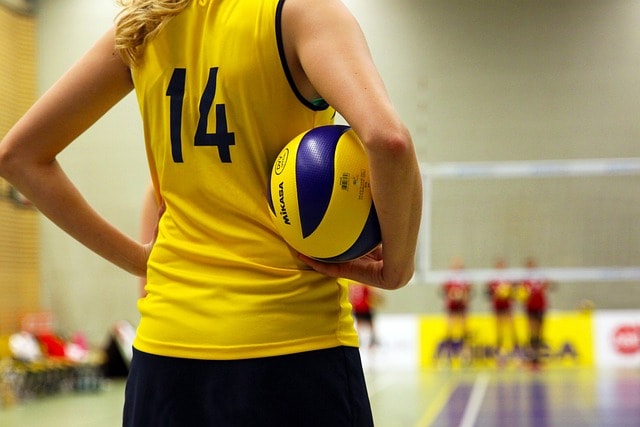
Tools for Effective Recovery
Utilizing the right tools for recovery is crucial in preventing injuries and enhancing athletic performance.
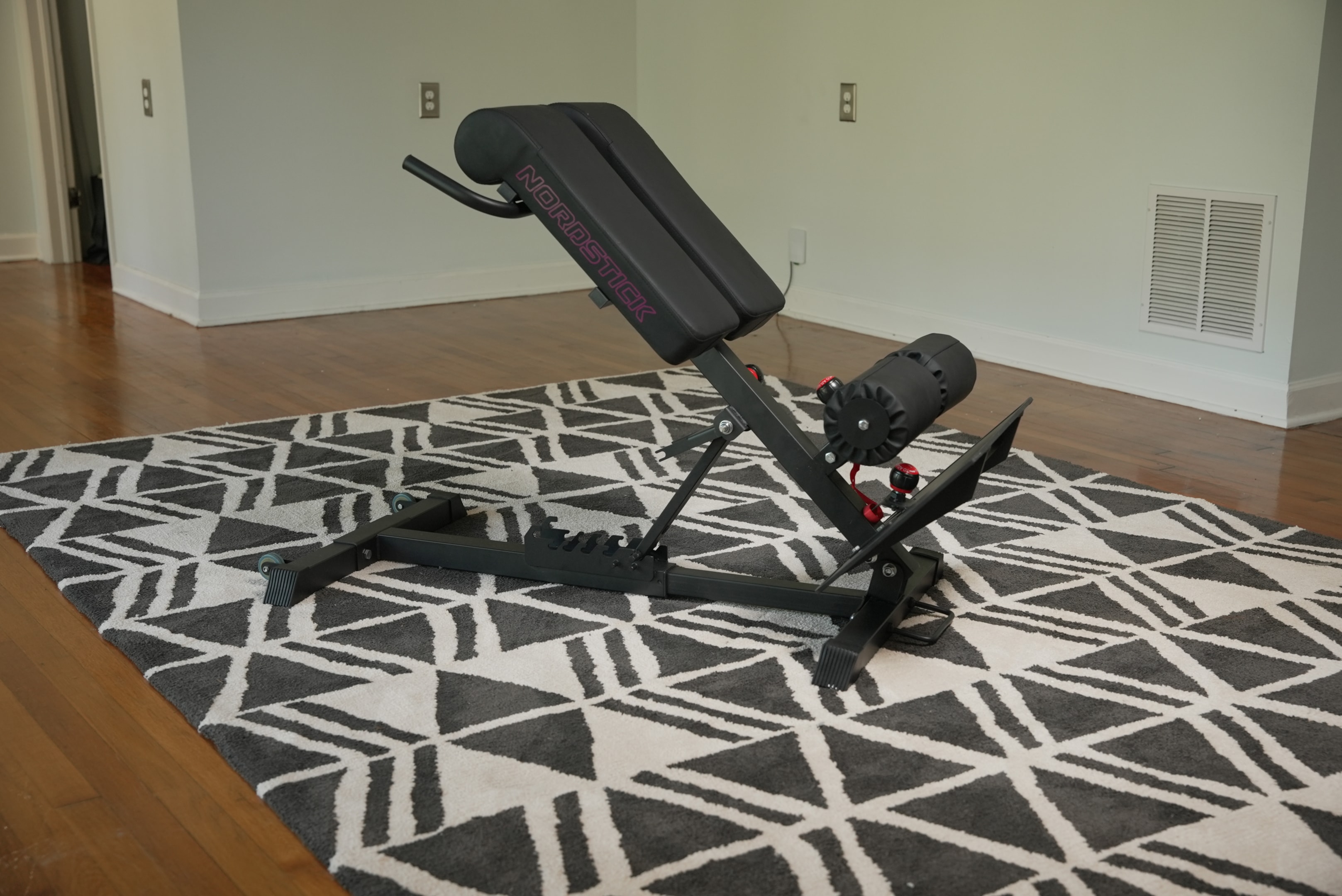
The Nordbench is a versatile tool that supports various recovery exercises, such as Nordic curls and back extensions, essential for strengthening muscles and improving flexibility. Its compact design allows athletes to incorporate key stretches into their routines without needing extensive space.
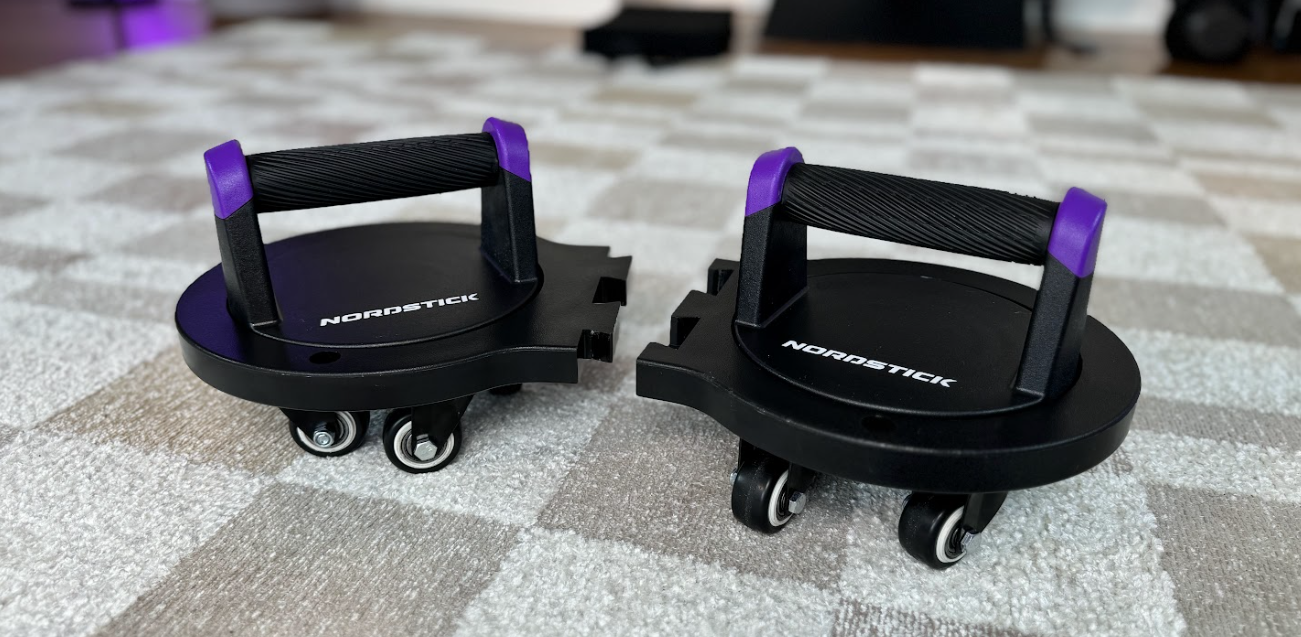
The Multi Slider facilitates exercises like hamstring slides, which target muscle groups prone to overuse injuries. These tools help reduce muscle soreness and promote active recovery, making recovery more efficient.
By integrating such equipment into their workout recovery routine, athletes can ensure they address different muscle groups, thereby reducing the risk of sports injuries. Whether for low-impact exercises or static stretches, these tools provide comprehensive support in the recovery process, enabling athletes to bounce back faster and minimize the risk of a previous injury recurring.

Recovery Exercises You Can Try
Hamstring Slides
This exercise focuses on stretching and strengthening the hamstrings, muscles often susceptible to strains.
To perform the exercise:
This movement promotes muscle relaxation and helps relieve sore muscles after intense exercise sessions. Hamstring slides are an excellent post-workout exercise, aiding muscle recovery and reducing delayed onset muscle soreness. By consistently incorporating this exercise into your routine, you can improve flexibility and safeguard against common sports injuries involving the hamstring muscles.
Hip Flexor Stretch
Tight hip flexors can limit mobility and increase the risk of strains, particularly during physical activity.
How to perform:
This stretch is ideal post-workout, as it aids in relieving tension and improving flexibility. Incorporating this stretch into your cool-down routine can significantly enhance muscle recovery and reduce the potential for sports injury. By regularly stretching your hip flexors, you help ensure balanced muscle function and improved overall athletic performance.
Back Extensions
Back extensions are a powerhouse move when it comes to strengthening the core and stabilizing the muscles that support your spine. They are not just about building a more robust back but also play a vital role in recovery and injury prevention. Here’s why incorporating back extensions into your routine can benefit you:
-
Enhanced Muscle Balance: By targeting the lower back muscles, back extensions help balance muscle groups, which is essential for preventing overuse injuries.
-
Improved Posture: Strengthening your back helps you stand taller and improves overall posture, reducing the risk of back and neck strain during workouts or daily activities.
-
Faster Recovery: As part of your active recovery, back extensions gently work the muscles, promoting blood flow and helping remove metabolic waste, which speeds up recovery from intense workouts.
-
Reduced Injury Risk: A strong back ensures better support for your entire body. This increased support helps in stabilizing movements and reducing the risk of injury, particularly in high-impact sports or activities.
Incorporating back extensions into your home workout routine is easy and effective.
Consider using the Nordbench for added support and versatility. This allows you to safely perform extensions anywhere, ensuring you're always ready for your next adventure or workout session.
Remember, a strong back is the backbone of a strong body, empowering you to tackle your fitness goals with confidence!
Seated Hamstring Stretch
This stretch targets the hamstrings and lower back, areas commonly prone to tightness and injury.
Begin by sitting on the floor with your legs extended straight in front of you. Loop the resistance band around the soles of your feet, holding the band securely in each hand. Gently pull the band while leaning forward from your hips, keeping your back straight. Stretch until you feel a comfortable tension in your hamstrings. Hold this position for a few deep breaths, allowing the muscles to relax and elongate.
This stretch is particularly beneficial after intense training sessions, as it helps reduce muscle soreness and enhances flexibility. Regular practice of the seated hamstring stretch can prevent injury by maintaining optimal muscle elasticity and promoting effective recovery. This simple exercise can be integrated easily into any workout routine.

Additional Recovery Tips
Importance of Hydration and Nutrition
Hydration and nutrition are critical components of the recovery process, playing a pivotal role in muscle repair and energy replenishment. Staying adequately hydrated helps regulate body temperature, maintain joint lubrication, and transport nutrients to cells, all essential for effective recovery after a tough workout.
Dehydration can exacerbate muscle soreness and delay recovery, increasing the risk of injury. It's vital to consume water consistently throughout the day, especially post-exercise, to aid in the quick removal of metabolic waste.
Nutrition complements hydration by providing the necessary building blocks for muscle repair and growth. Consuming a balanced diet rich in whole foods, including proteins and carbohydrates, supports muscle recovery and replenishes glycogen stores. Proteins are essential for muscle repair, while carbohydrates provide the energy needed for subsequent workouts. Incorporating a protein shake or nutrient-dense snack post-workout can further enhance recovery, ensuring athletes are ready for their next physical challenge.
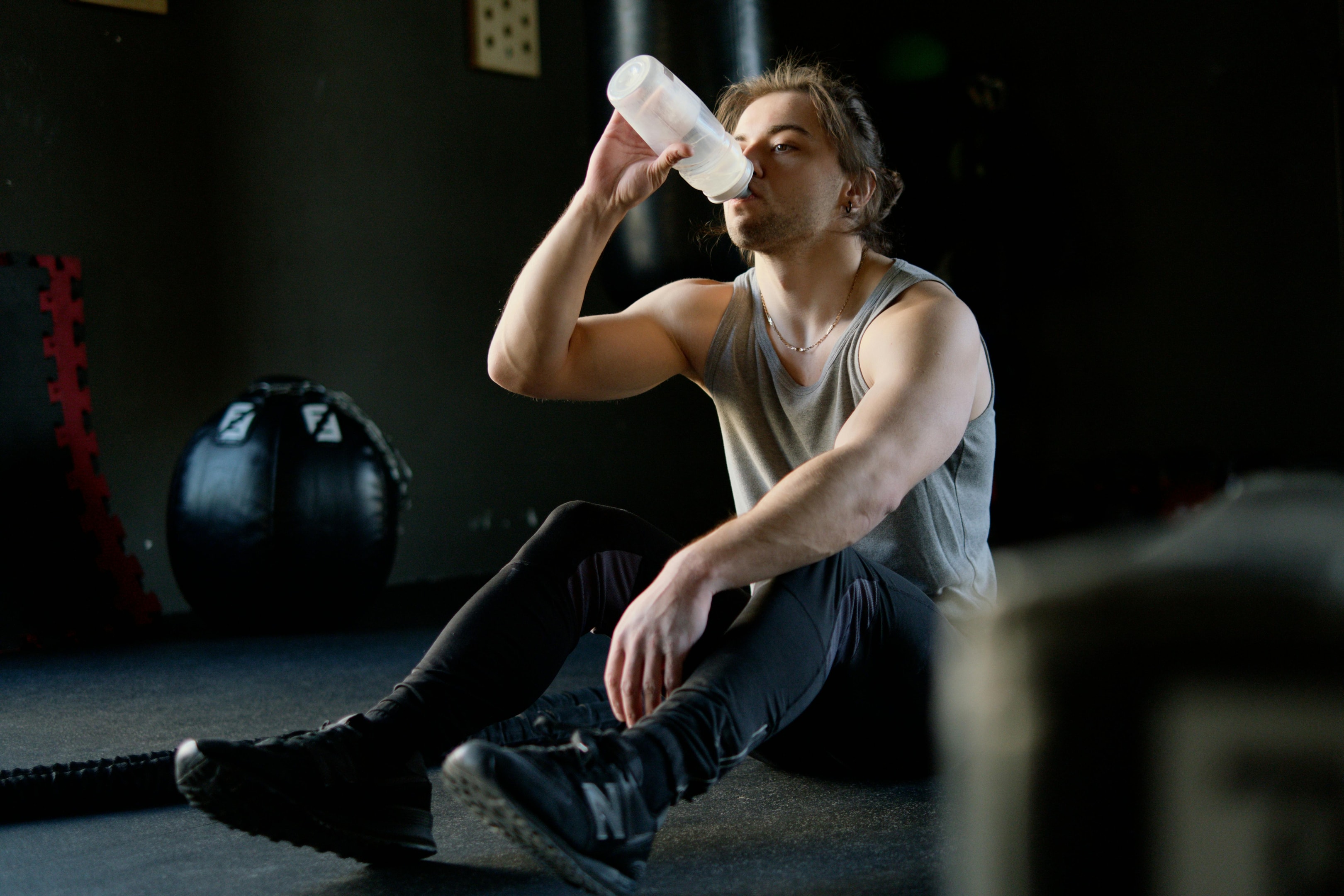
Role of Sleep in Recovery
Sleep is an often overlooked but vital component of the recovery process, essential for athletes aiming to enhance performance and prevent injuries. During sleep, the body enters a resting state where it can repair muscle tissue damaged from intense exercise. Growth hormone, critical for muscle recovery and growth, is predominantly secreted during deep sleep phases. This hormone facilitates the repair of muscle fibers, promotes muscle growth, and helps the body recover faster from physical exertion.
Adequate sleep also plays a crucial role in maintaining cognitive function, reducing stress levels, and improving mood, all of which support an athlete's overall performance. Lack of sleep can lead to increased fatigue, reduced coordination, and a higher risk of injury, impacting both training effectiveness and safety. Prioritizing quality sleep, aiming for 7-9 hours per night, can significantly enhance the recovery process, enabling athletes to train harder and more effectively without risking overuse injuries or other common sports injuries.

Integrating Active Recovery Techniques
Active recovery techniques are a valuable addition to any athlete's routine, promoting muscle recovery and reducing the risk of injury. Unlike passive rest, active recovery involves engaging in low-intensity activities that enhance blood flow and facilitate the removal of metabolic waste. These activities can help relieve sore muscles and maintain flexibility without placing additional strain on the body.
Incorporating exercises like light cycling, swimming, or walking can keep the muscles active and assist in the recovery process. Techniques such as foam rolling and dynamic stretches further aid in releasing muscle tension and improving mobility. The Nordstick Banded Pro can be utilized for low-resistance exercises, making it perfect for active recovery days.
By integrating active recovery into your weekly routine, you can effectively manage muscle soreness, prevent overuse injuries, and prepare your body for more intense workouts. Listening to your body and adjusting the intensity of active recovery activities is crucial to ensuring they complement your overall training program.

Conclusion
In conclusion, prioritizing recovery is indispensable for athletes aiming to enhance performance and prevent injuries. By incorporating effective recovery techniques, such as those involving Nordstick products, athletes can ensure their muscles repair and grow adequately, reducing the risk of common sports injuries.
The role of recovery in maintaining peak athletic performance is clear: from reducing muscle soreness and enhancing flexibility to ensuring the body is ready for the next workout. Utilizing tools like the Nordbench and Multi Slider for targeted recovery exercises can further optimize this process.
Additionally, maintaining proper hydration, nutrition, and sleep habits supports the body's natural recovery mechanisms. By integrating these strategies into your training regimen, you not only boost performance but also safeguard against potential setbacks.
Embrace recovery as a vital component of your fitness journey, and explore Nordstick's range of products to enhance your routine and achieve your athletic goals efficiently.

FAQs
What can I do to recover faster?
To recover faster, it's essential to adopt a comprehensive approach that encompasses various recovery strategies. Start with adequate hydration, as water plays a critical role in transporting nutrients and flushing out metabolic waste, both of which are crucial for muscle recovery. Consuming a balanced diet rich in protein and carbohydrates aids muscle repair and energy replenishment. Integrate active recovery activities like light walking or cycling to enhance blood flow without overloading the muscles.
Incorporating static stretches and foam rolling can relieve muscle tension and improve flexibility. Additionally, ensure you get sufficient sleep, as it is during rest that the body undergoes the most significant recovery processes. Consider using recovery tools like the Nordbench or Multi Slider to perform targeted exercises that aid muscle relaxation. Lastly, listen to your body and allow it to dictate rest days when needed, helping prevent overuse injuries and ensuring you’re ready for your next workout.
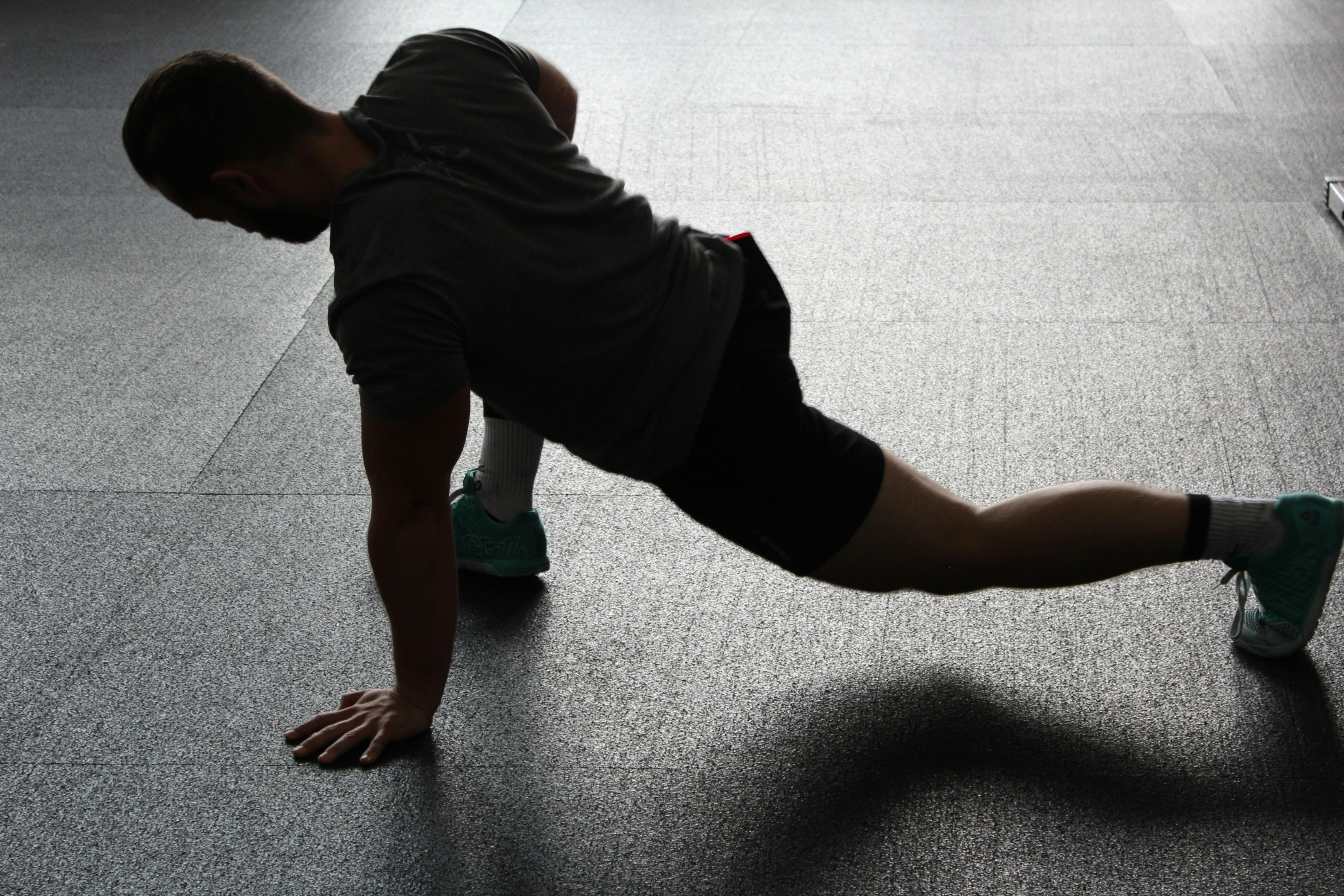
How do you quickly recover from overtraining?
Recovering quickly from overtraining requires a balanced approach that allows the body to heal and regain strength. First, prioritize rest and reduce the intensity and volume of your workouts. Rest days are crucial to give your muscles adequate time to repair and recover from accumulated stress. Focus on nutrition by consuming nutrient-dense foods rich in proteins, healthy fats, and carbohydrates to replenish energy stores and support muscle recovery.
Hydration is equally important; ensure you drink plenty of water to aid in the removal of toxins from your body. Incorporate active recovery techniques such as gentle yoga or swimming to maintain mobility and promote circulation without taxing your muscles. Additionally, consider using recovery tools like the Nordstick Banded Pro for low-resistance exercises that target strained areas gently.
Pay attention to your sleep patterns and strive for quality rest, as sleep significantly contributes to recovery. Finally, consult a healthcare professional if symptoms persist, ensuring a tailored approach to overcoming overtraining.
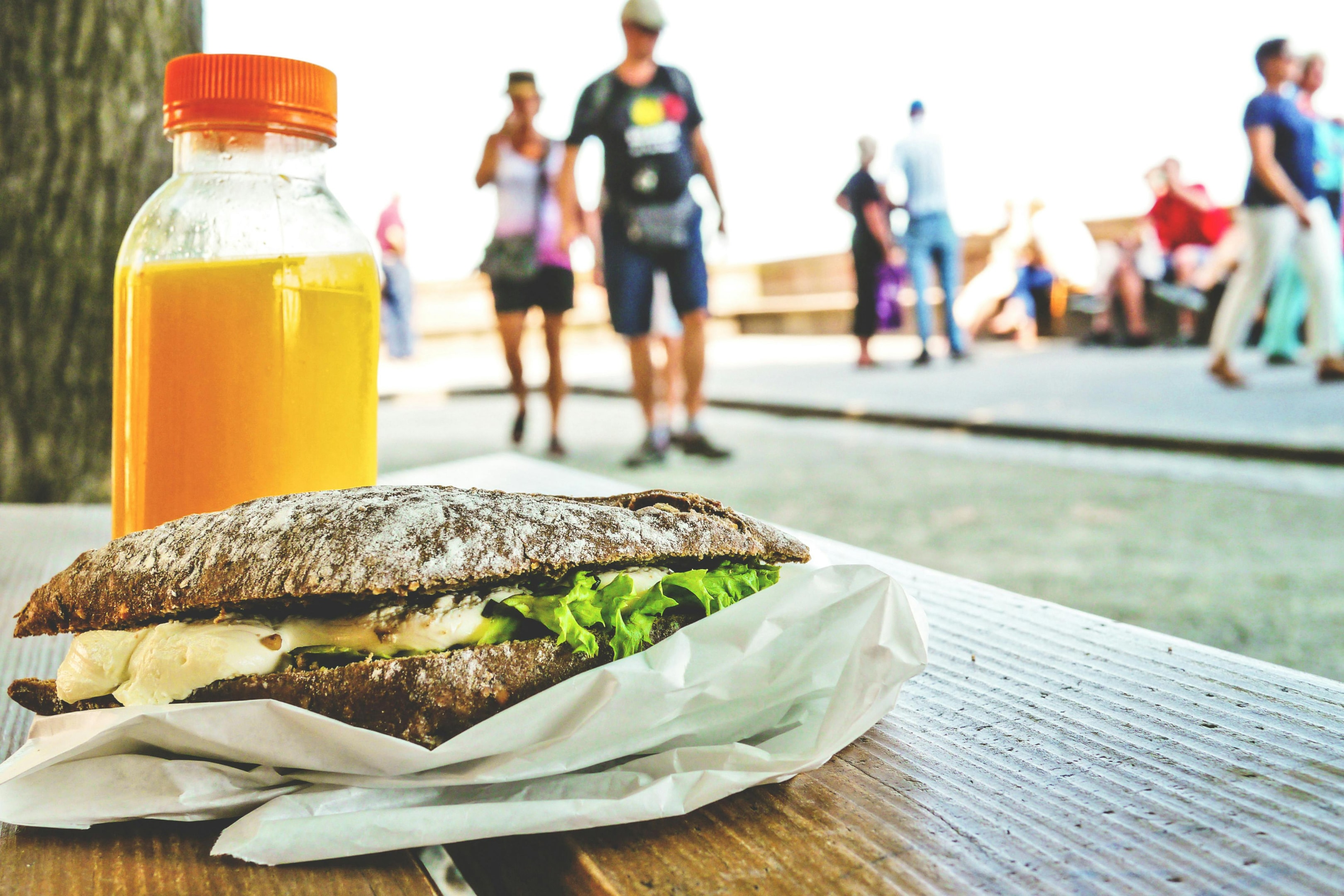
I can barely walk after leg day. What should I do?
Experiencing difficulty walking after an intense leg day is a common occurrence, often due to delayed onset muscle soreness (DOMS). To alleviate this discomfort, start by incorporating gentle stretching exercises to improve flexibility and relieve muscle tightness. Using tools like a foam roller can help reduce soreness by massaging and loosening the muscle fibers.
Engage in light activities, such as walking or cycling, to promote blood flow and accelerate the removal of metabolic waste, which can aid in reducing soreness. Consider incorporating a post-workout protein shake or nutrient-rich meals to support muscle repair and growth.
Take warm baths or apply heat pads to soothe sore muscles and increase circulation. Rest is equally important, so allow your body ample time to recover before your next workout. If soreness persists or worsens, consult a healthcare provider to rule out any potential injuries.
Should I skip a workout if I'm sore?
Deciding whether to skip a workout when feeling sore depends on the intensity and type of soreness experienced. If the soreness is mild and results from regular training, engaging in light exercise or an active recovery session can actually enhance blood flow and accelerate muscle recovery. Activities such as walking, swimming, or cycling gently work the muscles, helping alleviate soreness without overstraining them.
However, if the soreness is severe or accompanied by sharp pain, it might be wise to take a rest day to prevent overuse injuries. This rest allows muscles to repair and reduces the risk of more serious injuries. Listening to your body is crucial; if the discomfort persists or affects your range of motion significantly, consider adjusting your workout routine or focusing on different muscle groups. Additionally, incorporating adequate hydration, proper nutrition, and sufficient sleep can support the recovery process, enabling you to return to your workout routine sooner.
How can you prevent injuries?
Preventing injuries is essential for maintaining consistent athletic performance and avoiding setbacks. Begin by incorporating a thorough warm-up routine before engaging in any physical activity. This prepares your muscles, increases blood flow, and enhances flexibility, reducing the risk of strains. Integrate dynamic stretches and mobility exercises to ensure your joints are lubricated and ready for exercise.
Proper technique is crucial in preventing injuries, particularly during strength training and high-impact exercises. Consider working with a coach or trainer to ensure you're using the correct form and gradually increasing intensity. Listening to your body is also vital; if you experience pain or discomfort, take it as a sign to rest or modify your activity.
Using recovery tools like the Nordstick Banded Pro can aid in maintaining muscle balance and flexibility. Finally, prioritize rest and recovery, including adequate sleep and nutrition, to support muscle repair and growth, reducing the risk of overuse injuries and enhancing overall performance.
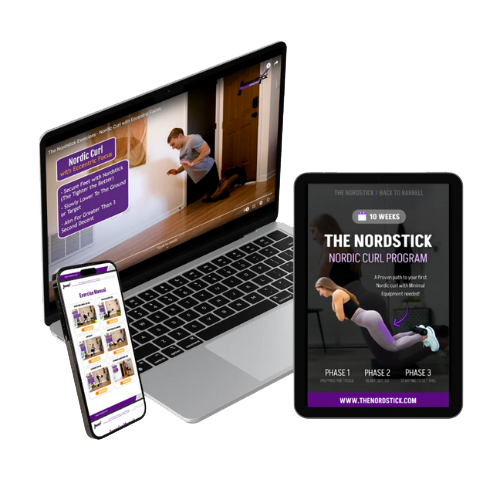


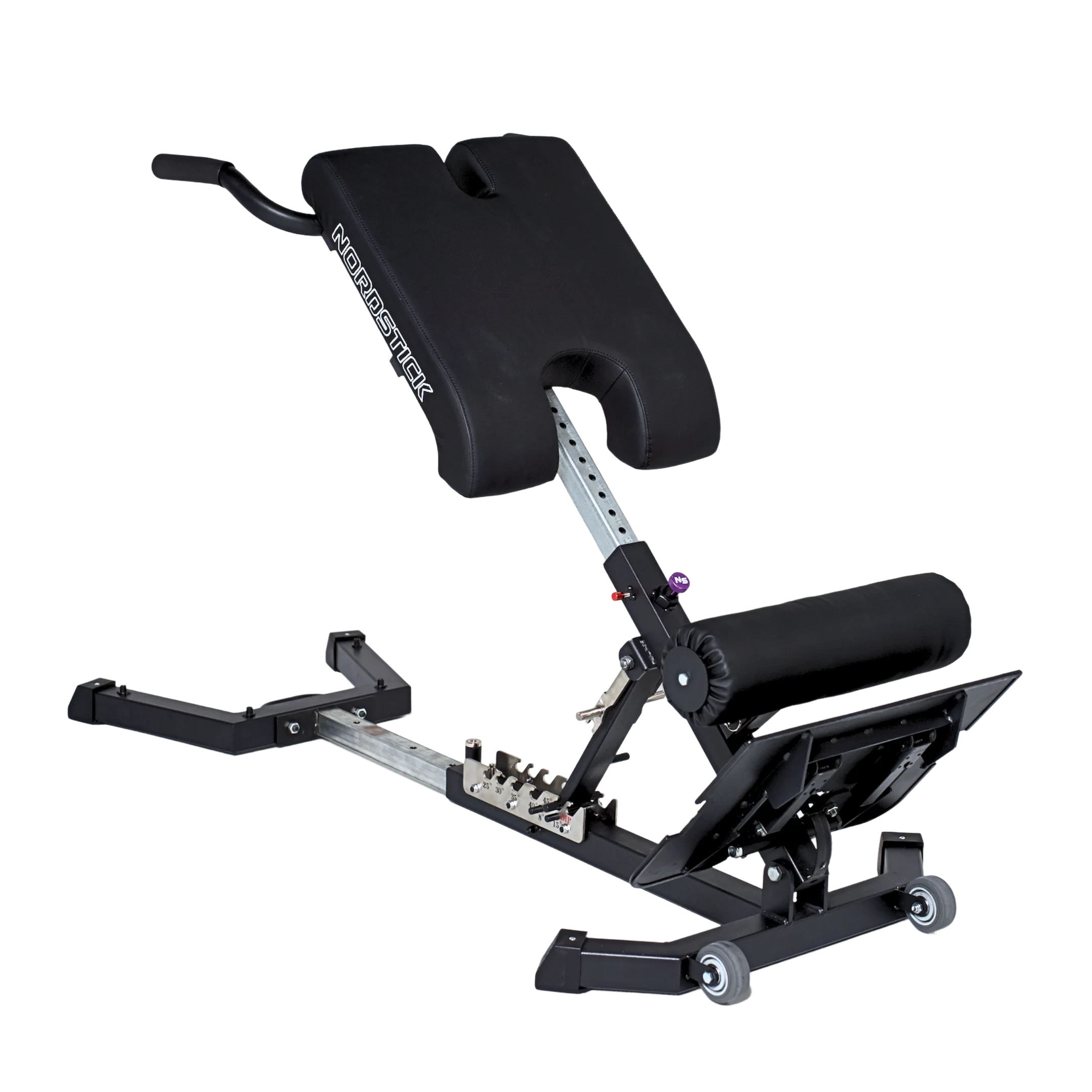
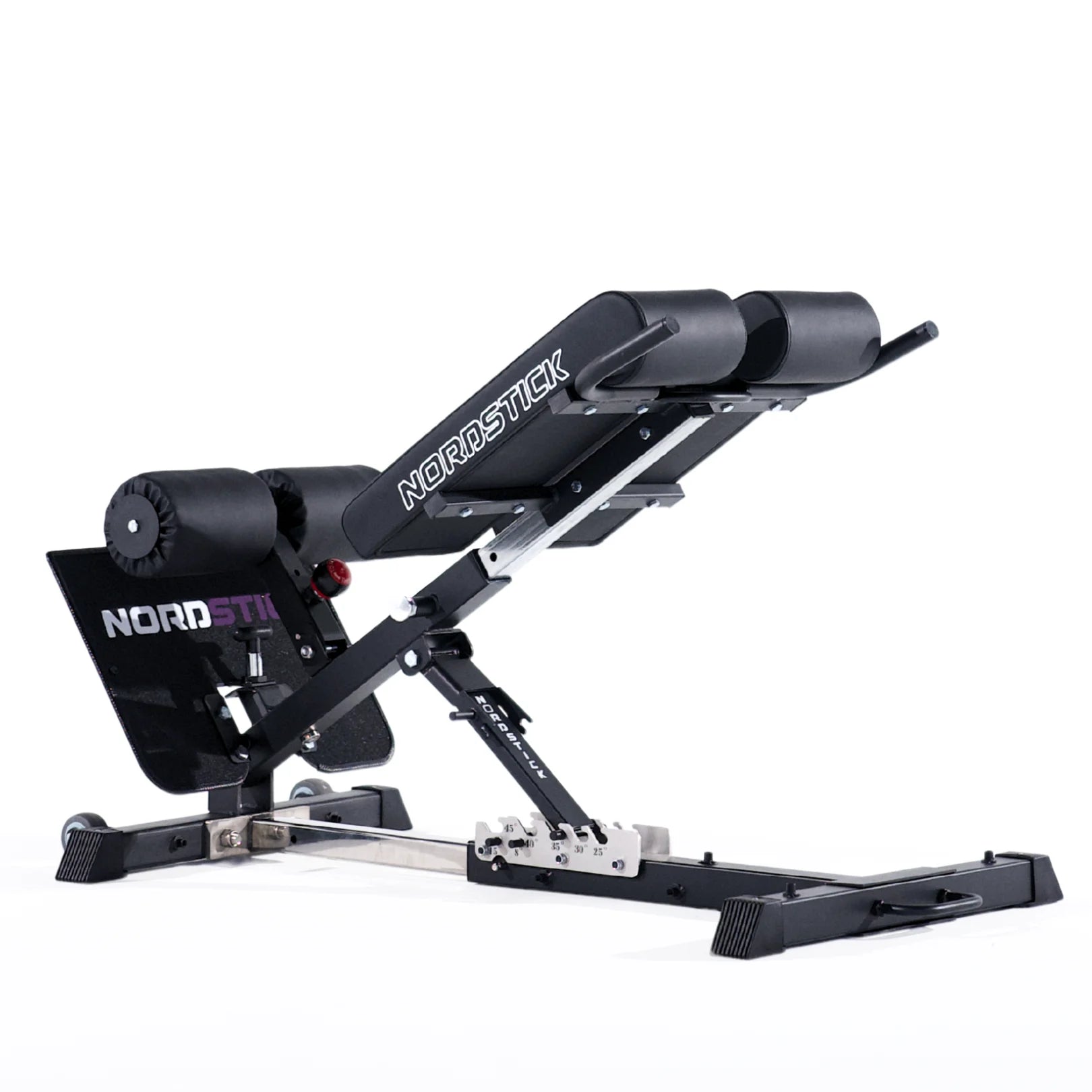





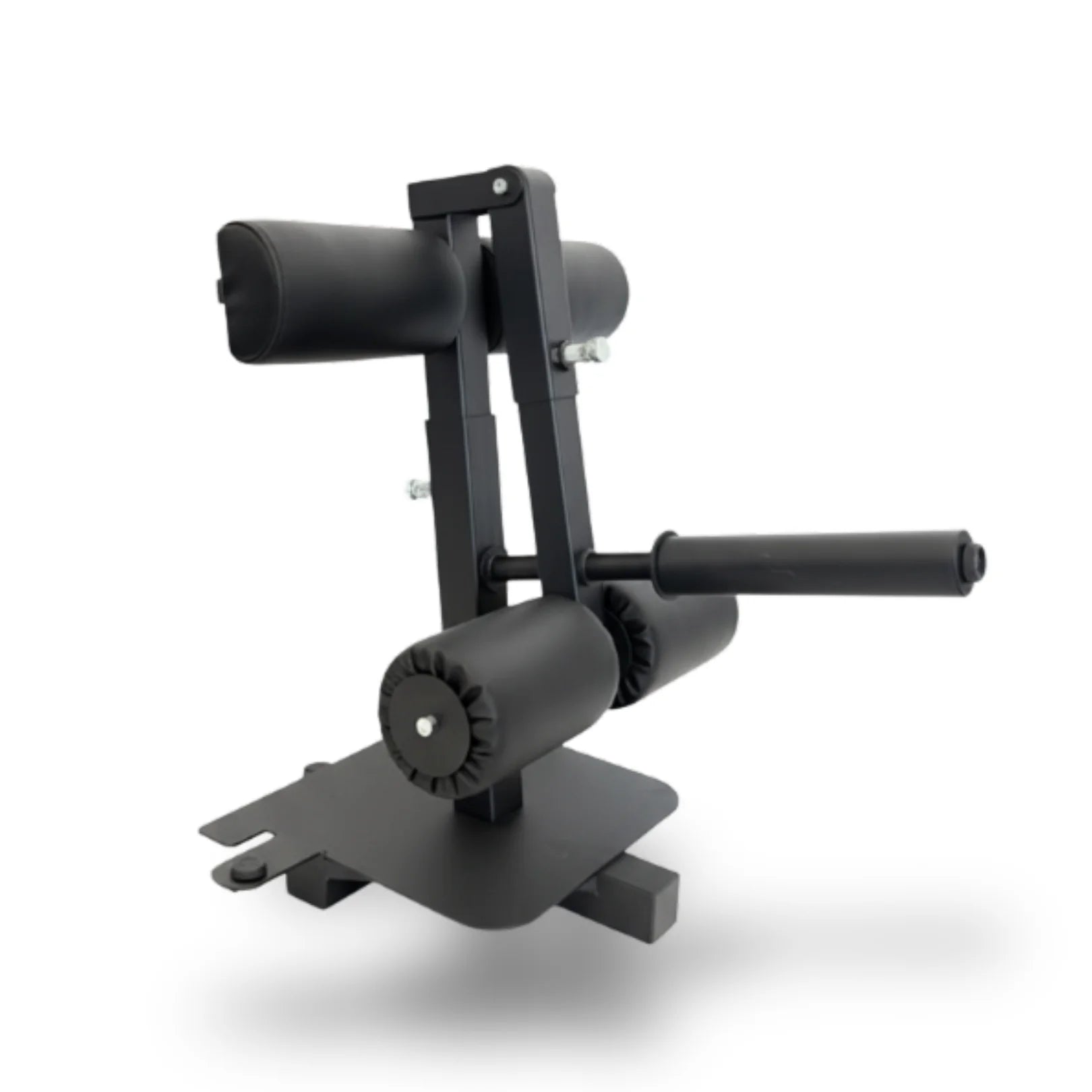
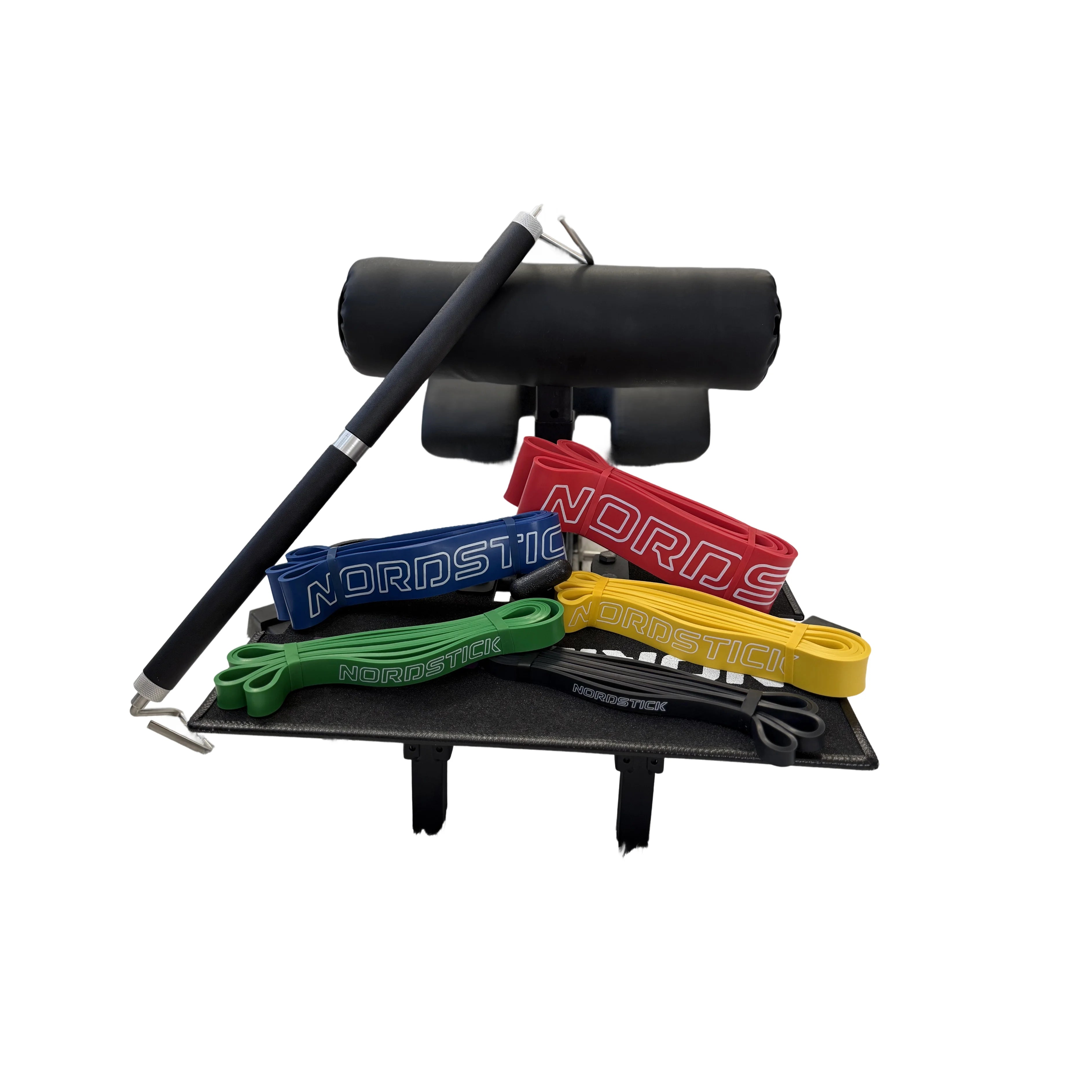
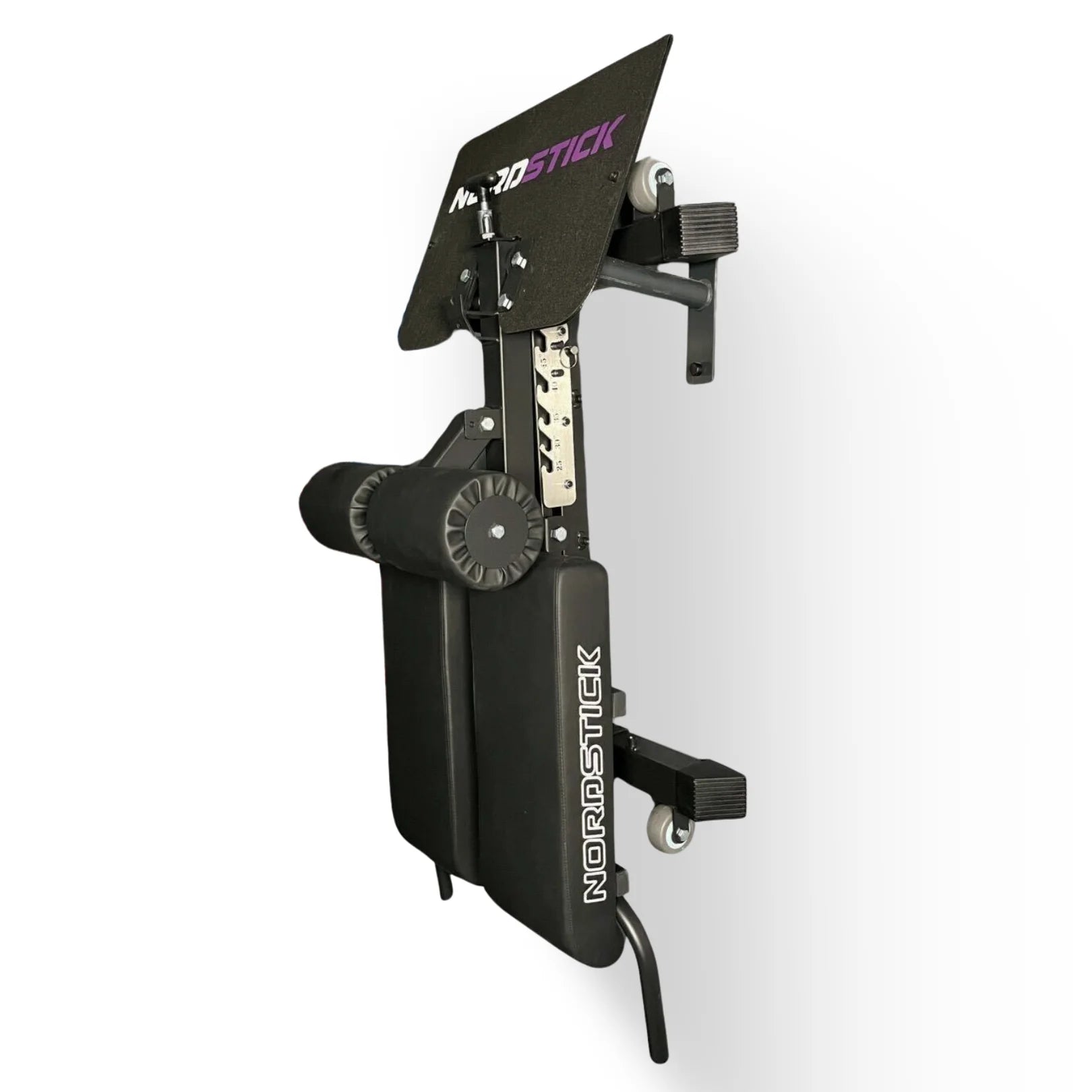
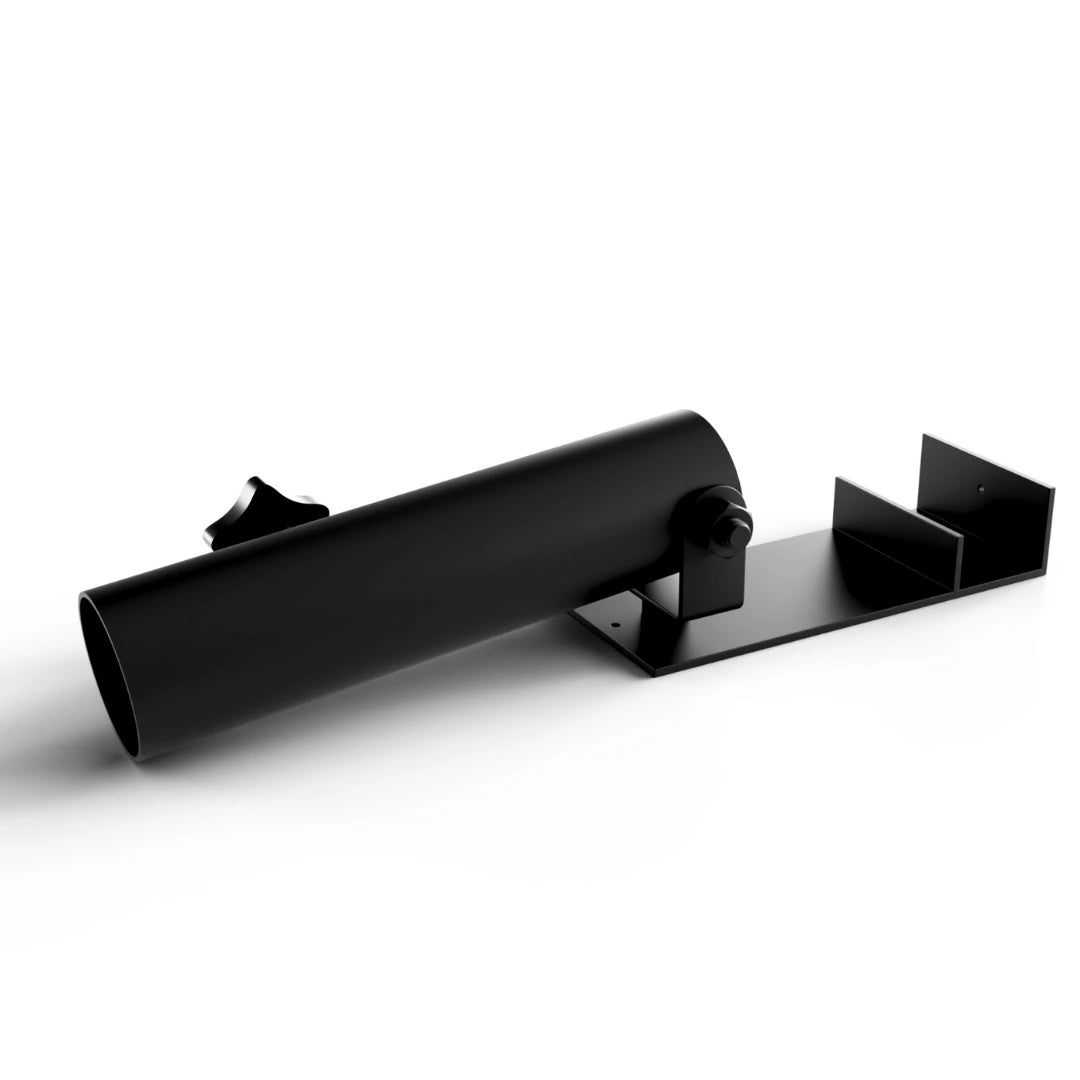
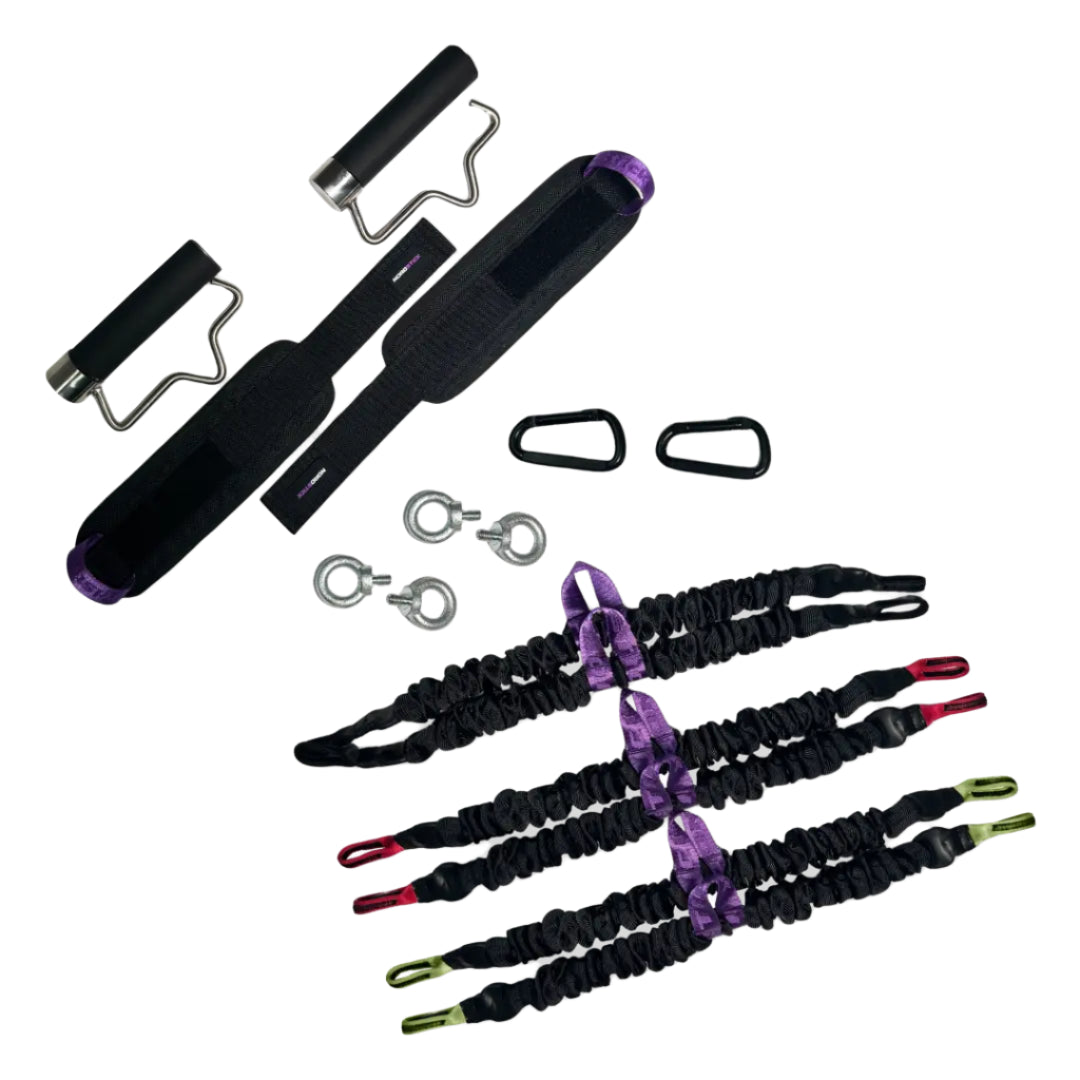
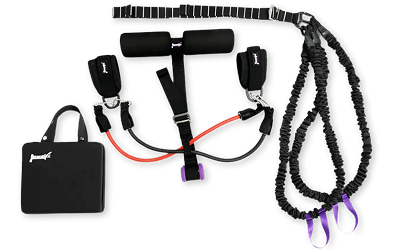
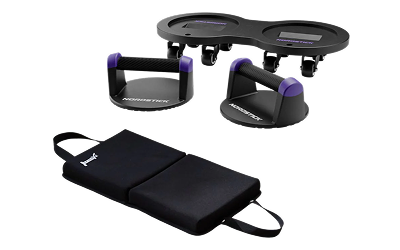
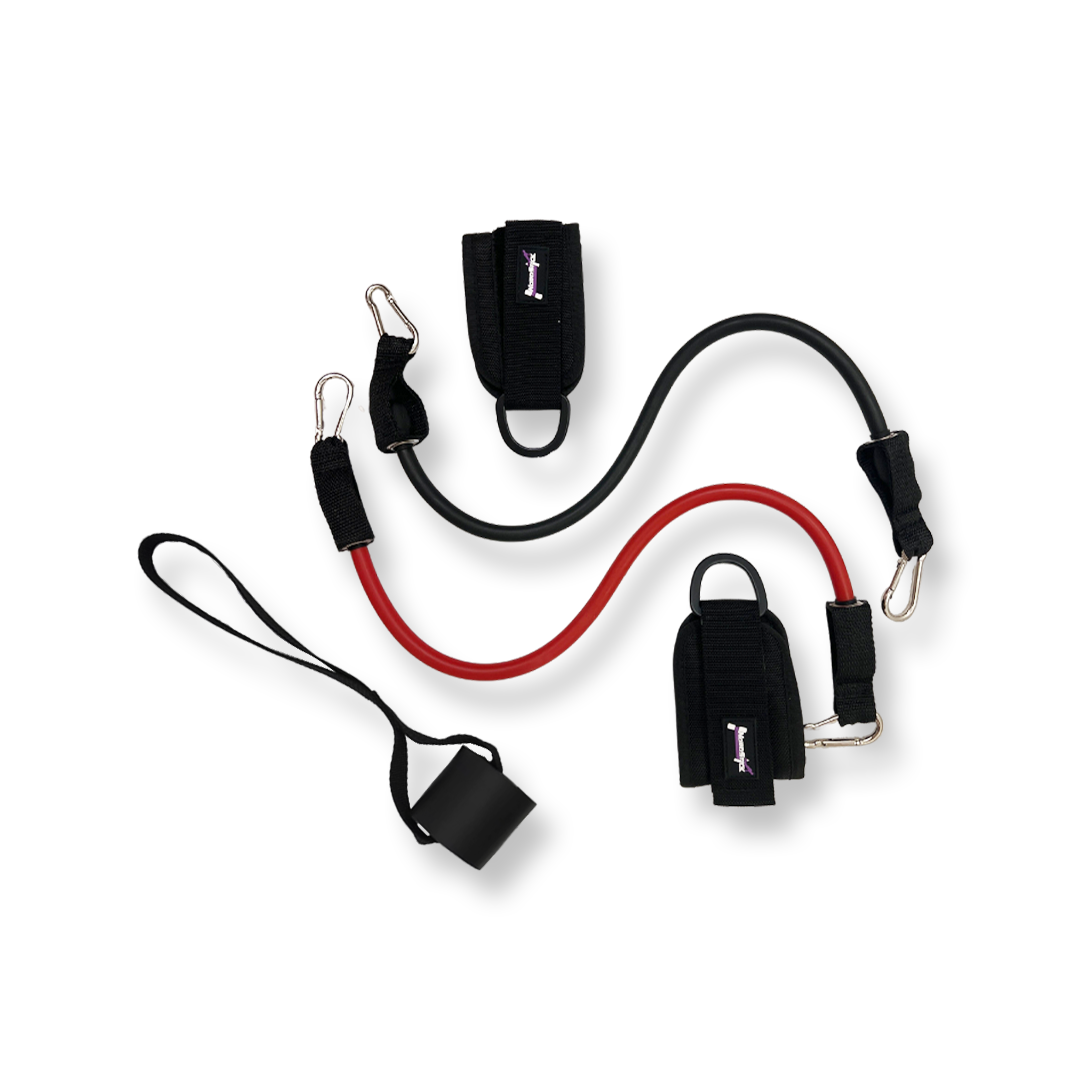
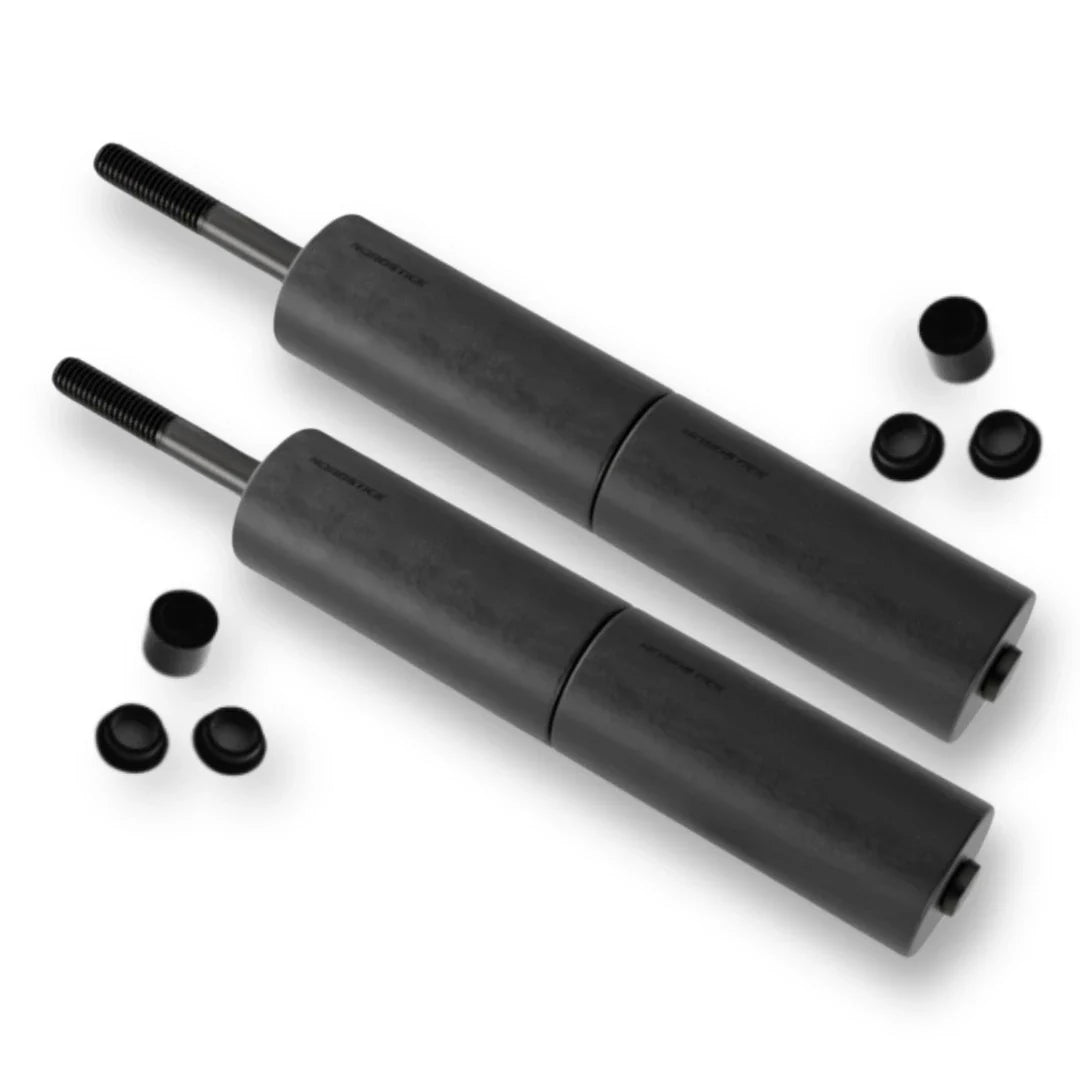
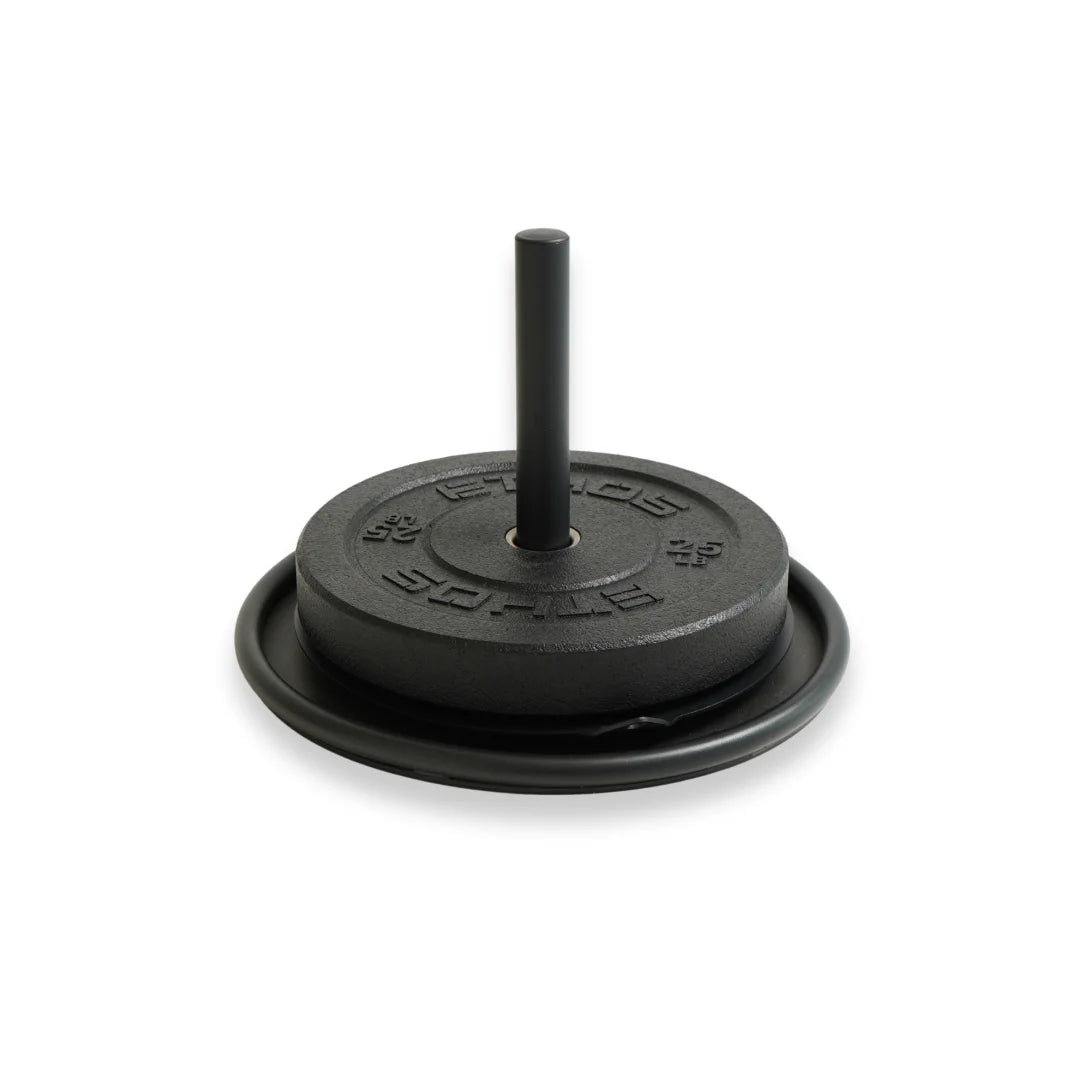
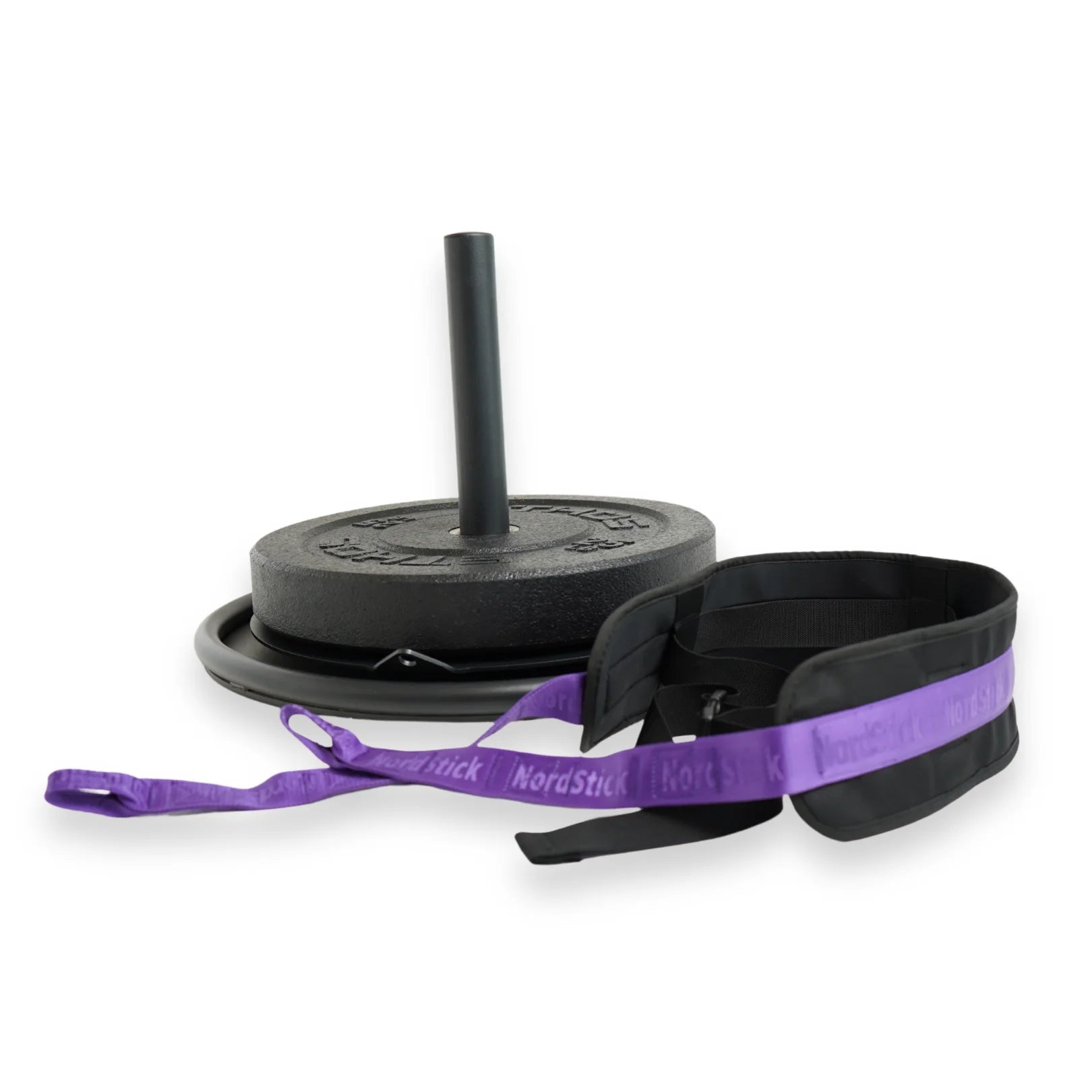
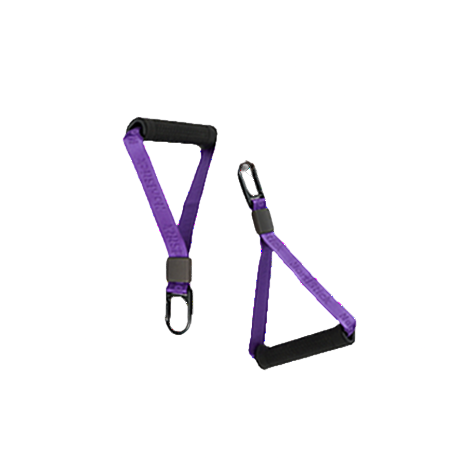
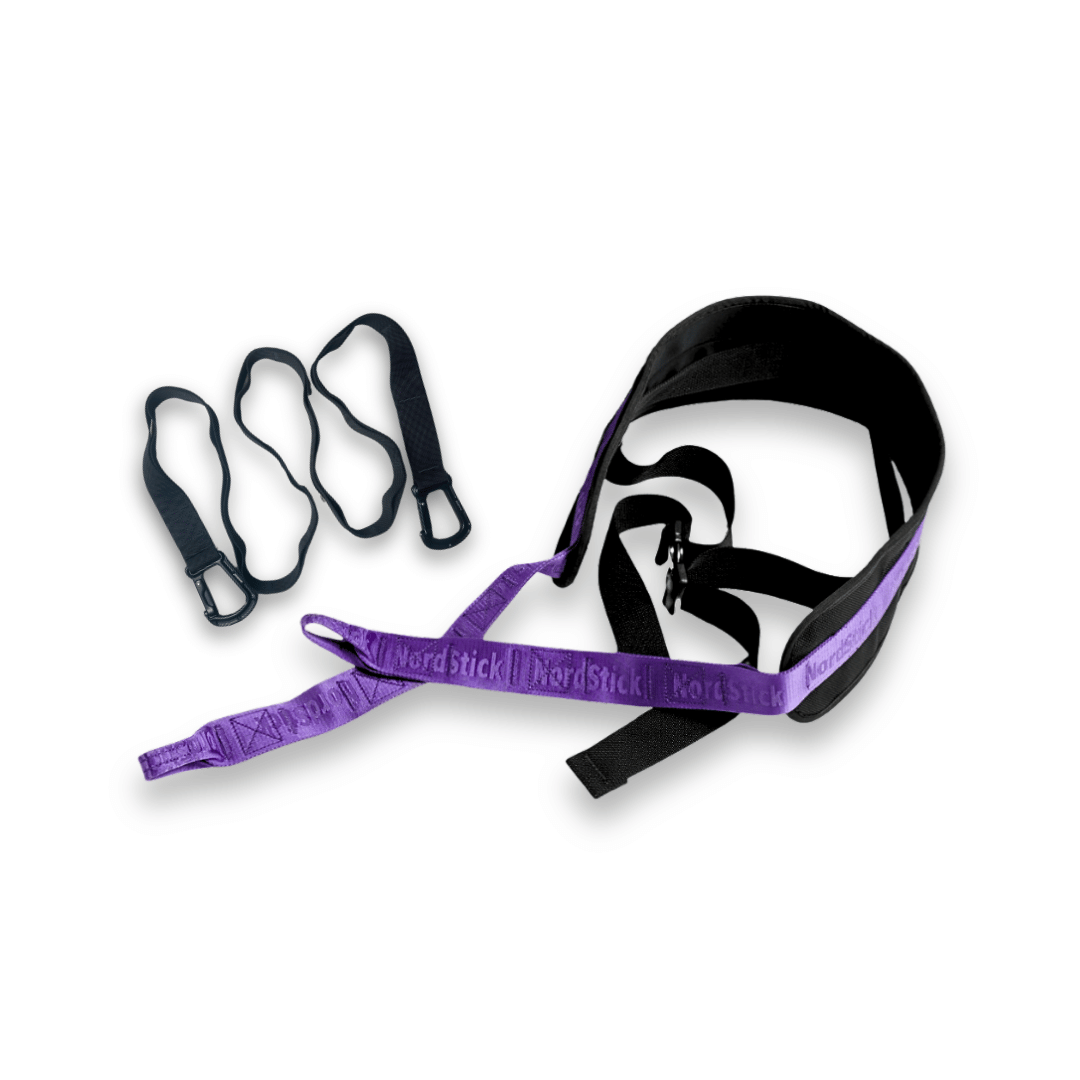
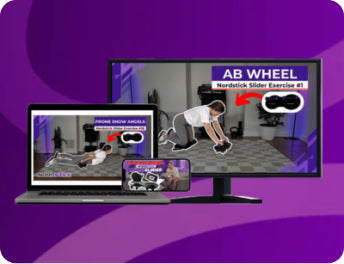


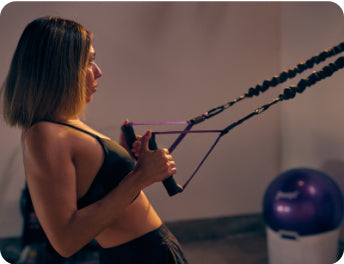

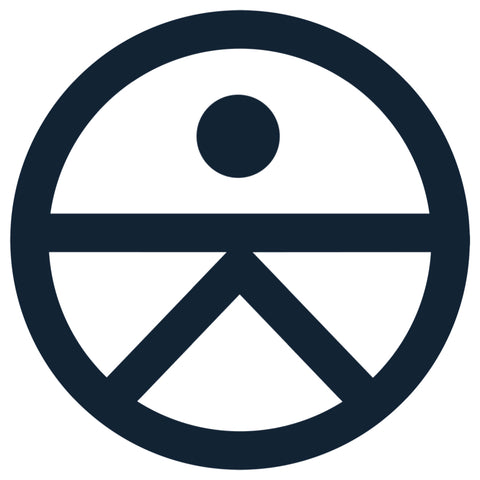
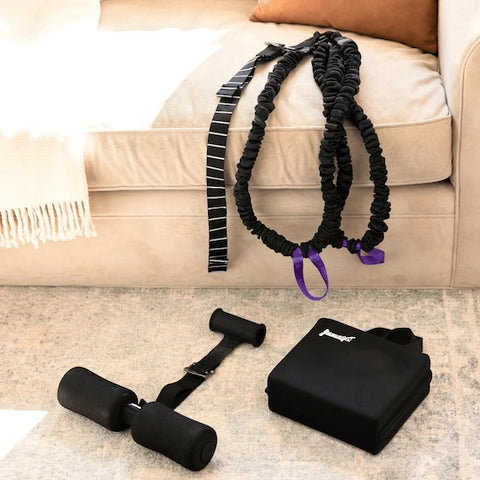

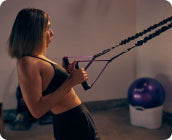
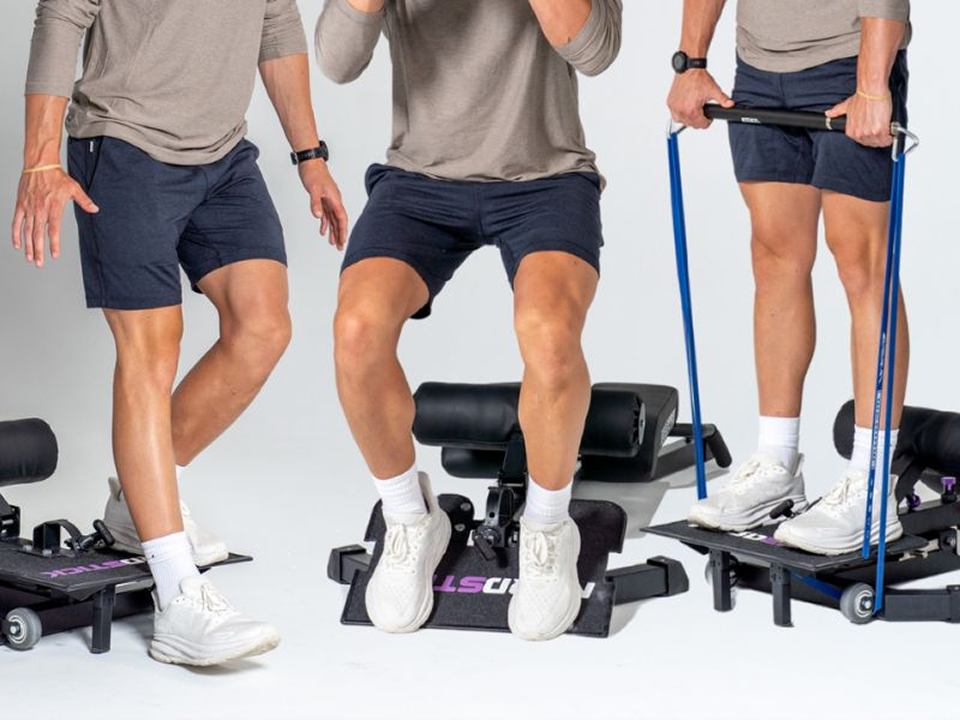
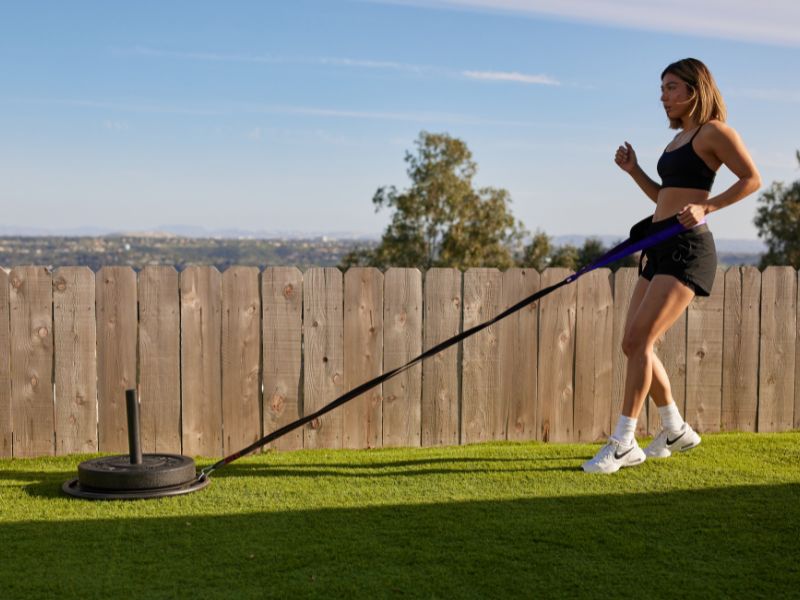

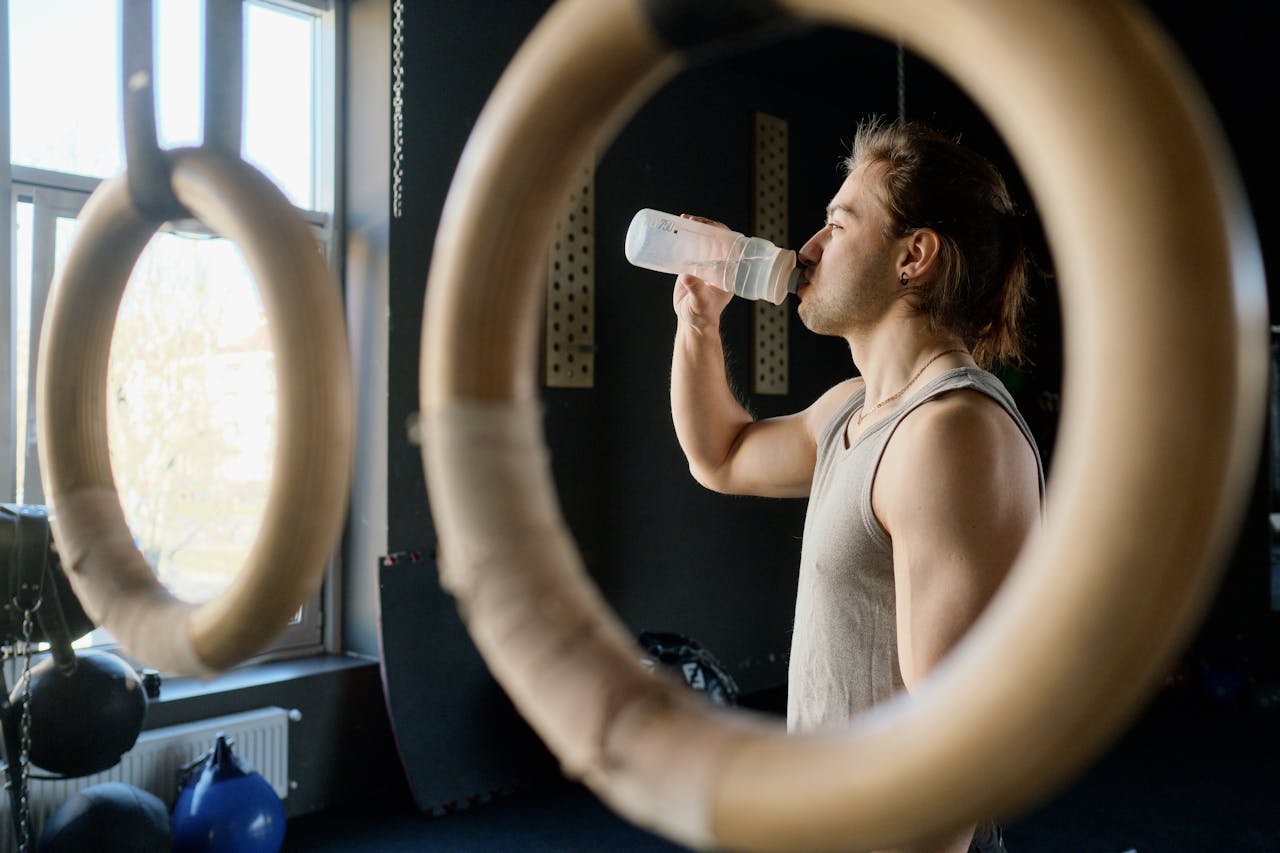
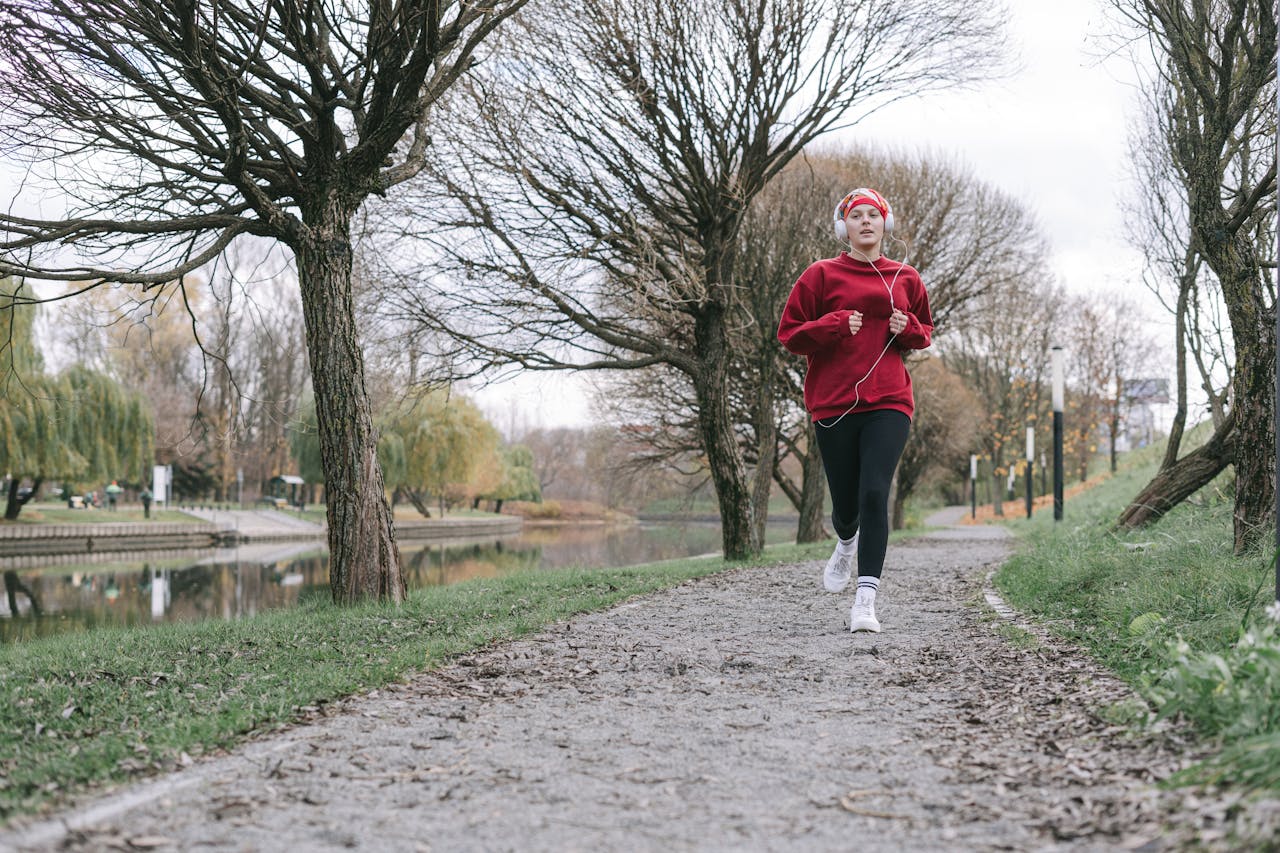
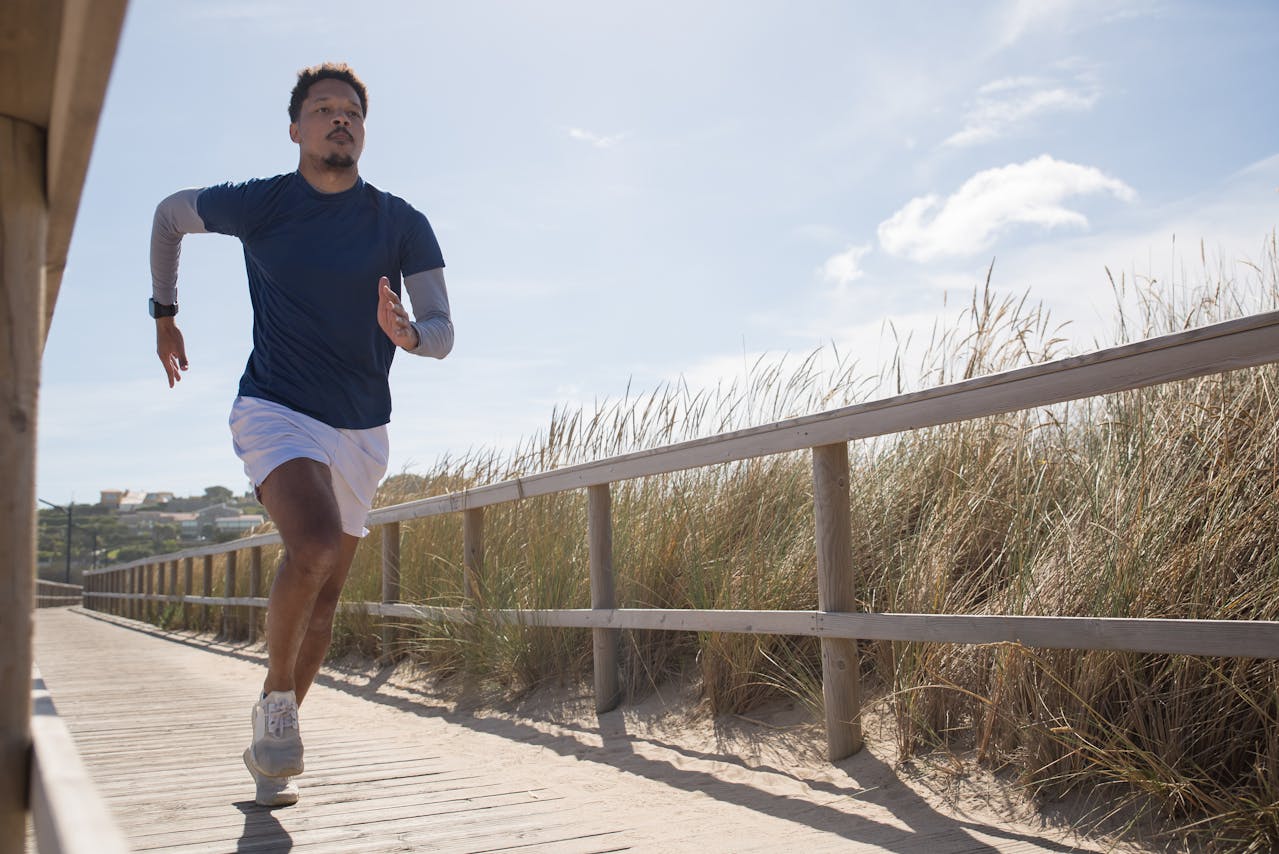



Leave a comment
This site is protected by hCaptcha and the hCaptcha Privacy Policy and Terms of Service apply.